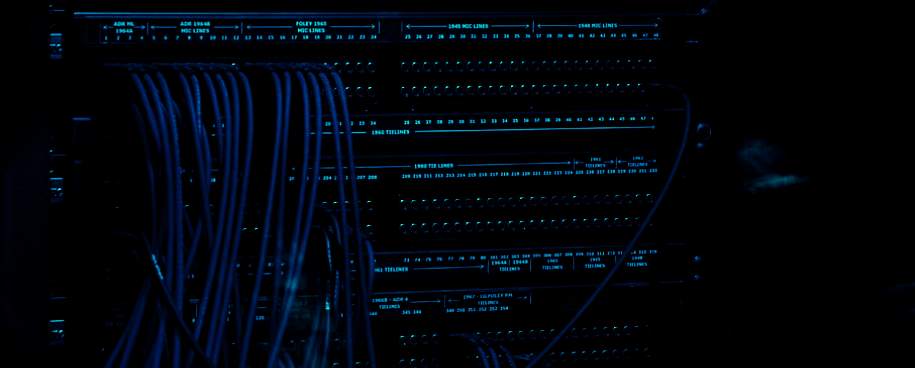
Determining the need for an upgrade of legacy systems is one of the most crucial decisions for any organization. There are multiple factors to be considered before upgrading, and while there are many benefits, the number of complexities involved in the execution needs to be addressed well in advance. One of the most important questions to answer while deciding to modernize a legacy system is to find the right time for it. The modernization process is long, and it can take place in stages or at once. Organizations which have not upgraded their legacy software for years (say maybe a decade or more), or have incorporated only the basic required changes, might want to think of taking the giant leap pretty soon. The approach of “why fix it when it’s not broken” can prove to be a costly affair for the company sooner in today’s disruptive economy.
2020 can prove to be a promising opportunity for companies to plan their modernization process. Vatsa Solutions, one of the most trusted IT partners for companies, looks at the near IT future as a potential transition phase due to multiple reasons like
The increasing importance of data:
Data has climbed the top of the pyramid. No matter how small or insignificant, it needs to be stored. Legacy system modernization is revolving around the security of past data, as well as the future scope of data management. Systems which remain outdated carry the biggest threat of losing the stored information across various servers. This is also the biggest reason for introducing cloud computing at the earliest in an organization’s data management systems. To give an idea of how data is becoming a game-changer, here is a short case study of how Vatsa helped a candy manufacturer from the United States to modernize their New Product Initiative software on Share-point for management of ideas (or data) from their employees.
Better maintenance through modular structuring:
Almost all early legacy software were built on monolithic, single module designs. However, as the network expands, it increases the risks of the software getting overloaded. For ease of management, as well as better overall safety, it has become the highest priority for organizations to switch to modular design based legacy software.
The dynamic IT culture:
The biggest threat to any legacy software system is it becoming obsolete; and considering the nature of IT, this can happen overnight. In April 2019, Microsoft had announced that it would stop technical support of one of its widely used database management systems, the Microsoft SQL server 2008/R2. Though it only meant that companies had to upgrade to SQL server 2019 or choose another alternative, it serves as a reminder to undergo modernization at the earliest possible chance. Technology keeps on evolving and one can never be fully sure of not going obsolete very rapidly.
Being a victim of standardization:
No matter how big or advanced an organization may be, the business world is a cocoon where interactions with a major population from the same domain is inevitable. This especially remains true for specialized fields like medical, legal, etc. This makes it necessary for introducing systems and information in a format that is globally being accepted. With the markets expanding internationally, an organization which misses out on this opportunity carries the risk of being isolated, or even being shut down. An interesting example of standardization that Vatsa undertook was to create an HL7 standards-based platform for simplified pre-operative care and better surgery outcomes adhering to compliances such as HIPAA, QCDR, and QR.
The primary reason for transforming legacy systems is to reduce the complexities and costs while enabling collaboration across different platforms as the organization expands. However, not upgrading the same at the earliest comes with many unwanted risks, and can also get accumulated, eventually leading to a costlier affair. That is precisely the reason why modernization is becoming the highest priority for companies today. To undergo legacy software modernization, you do need a trusted IT partner who can not only guide, but implement and execute the smooth transition during this phase. A partner like Vatsa Solutions can help you upgrade your legacy software in the most apt manner, making you future-ready. To connect with us, feel free to write to us at [email protected].





